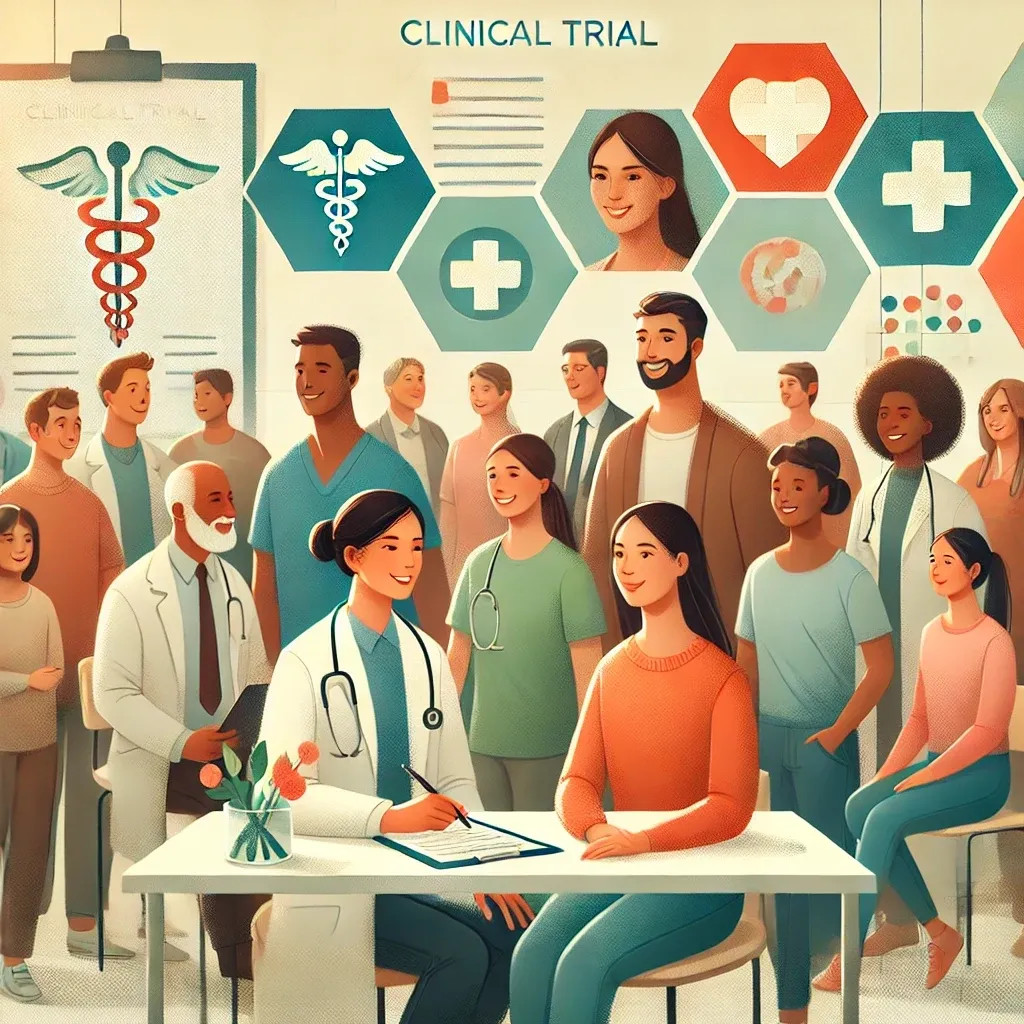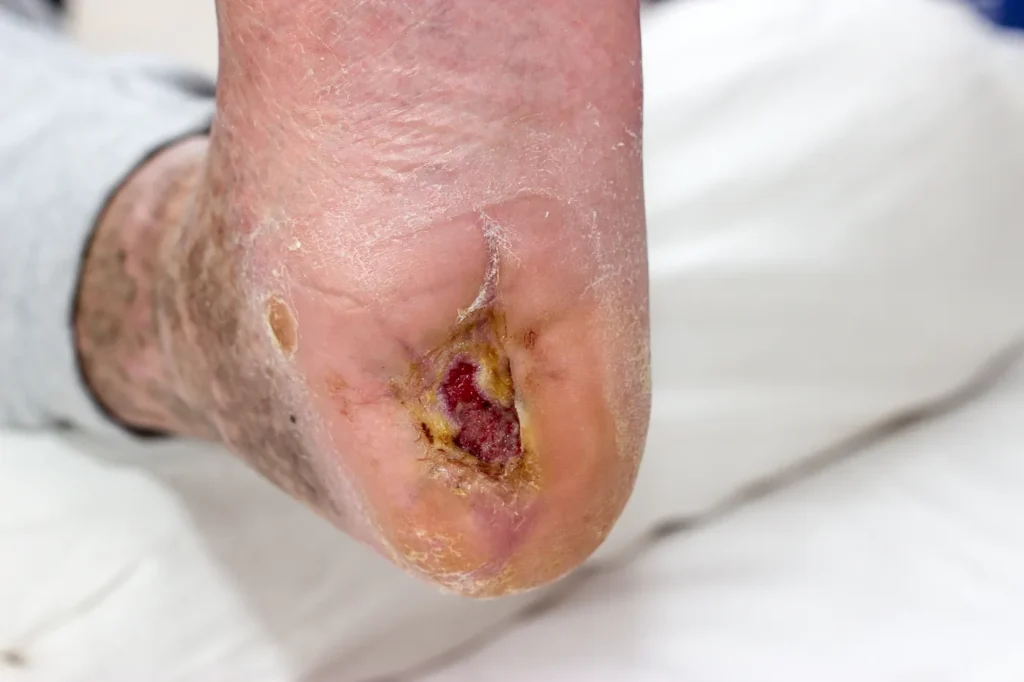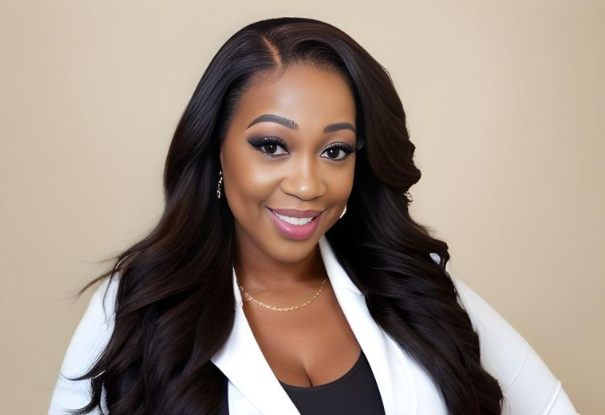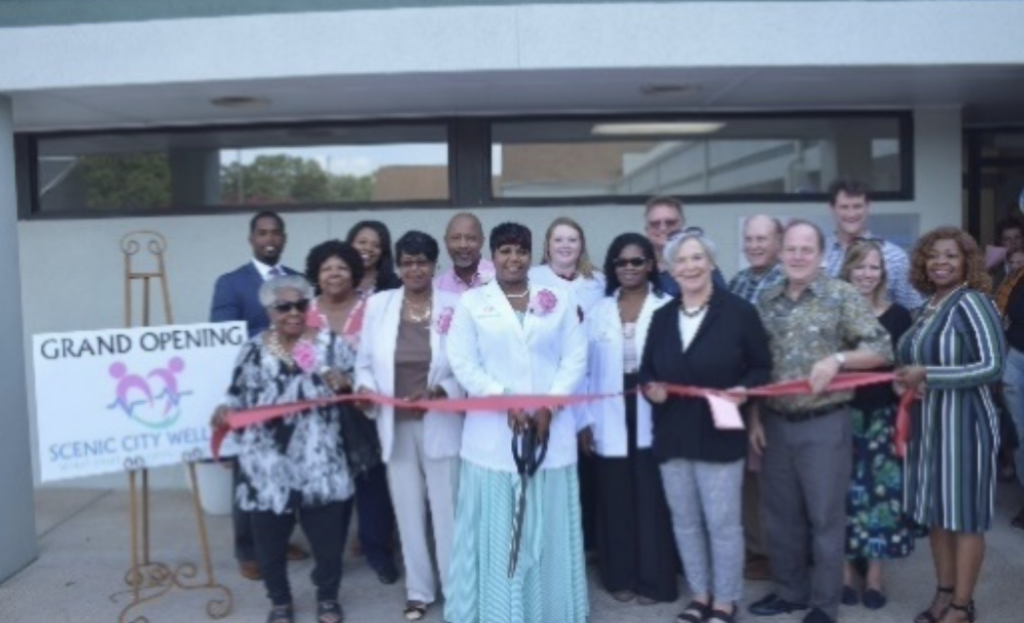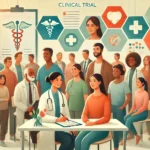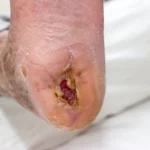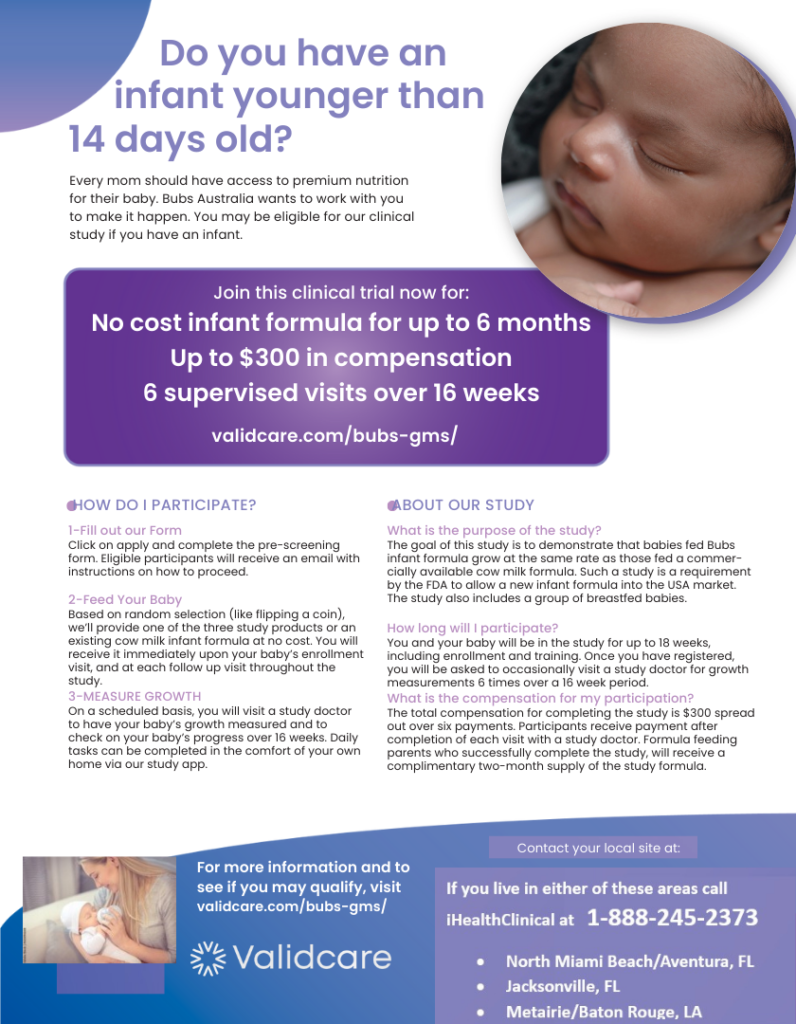The Transformative Role of AI in Clinical Trials
Mar 22, 2025Navigating Greek Life in College with Type 1
Jan 15, 2025The Awesomeness of the Patient Professor Academy
Dec 23, 2024Giving Thanks
Nov 23, 2024Adriann Begay: HEALer and DEI Champion
- Myra Fonville
- 6 Minutes Read Time
I had the pleasure of meeting Dr. Adriann Begay. Before meeting her, had you asked me who Dr, Begay was I would have simply answered she’s a Navajo physician. Dr. Begay introduces herself by sharing her heritage. She is Tábaahi (Edge of the Water clan) and born for Bít’ahnii (Folded Arms People clan). Her maternal grandparents are Ta’néészahnii (Badlands People clan) and paternal grandparents are Tl’aashchí’í (Red Cheek People clan).

Now that I’ve gotten to know Dr. Begay, I realize now she’s a Navajo woman, a mother, a daughter, a sister, a wife, a grandmother, a physician, a mentor, an educator and most importantly she’s a huge proponent of health equity for American Indians and Alaska Natives (AI/AN). Far too often people view the lives of others through the lenses of their own lives. Those lenses make people believe that all races and ethnicities have equal footing in this country. That’s the furthest thing from the truth, especially when it comes to AI/ANs and healthcare. I learned from Dr. Begay that in 2018 the Government Accountability Office (GAO) determined that the amount spent per capita for Medicare was $13,000, $8,100 for Medicaid, and $11,00 for Veterans Health Administration whereas for Indian Health Services it was $4,000, which is less than the amount spent on US prisoners.
One of Dr. Begay’s primary objectives is to elevate healthcare for Native Americans. She currently serves as Senior Officer at the HEAL (Health, Equity, Action, and Leadership) Initiative, a global health fellowship program. Dr. Begay’s path to this point in her career seems to have been destined. She grew up on a Navajo reservation. Her mother worked for Dr. Taylor McKenzie, who in 1958 became the first Navajo physician. When she was approximately 12 years old, she accompanied Dr. McKenzie as he visited Fort Defiance Indian Hospital. It was during this trip that, for the first time, she witnessed a physician speaking to a Navajo patient in his native language. That was a defining moment in her life that inspired her to persevere, even when others thought her adult life had taken her in a different direction. She completed her undergraduate studies at the University of Arizona while raising three children. Afterward, she went onward and received a medical degree from the University of North Dakota School of Medicine through the Indians into Medicine (INMED) program. She completed her residency in Family Medicine at the University of Arizona and worked for the Indian Health Service for over 21 years.

The HEAL Initiative goes beyond your typical global health fellowship program. This program not only takes rotating physician fellows but also site fellows who are already working with the tribe. These site fellows include pharmacists, nurses, dieticians, health coaches, respiratory therapists, and sometimes those outside of direct patient care like a Navajo civil engineer whose work is critical in health facilities management. The site fellows go through the global health curriculum along with the physician fellows to learn more about leadership, advocacy, structural competency, and the impact of power and privilege in under-resourced communities. Site fellows are also important in sharing with the physician fellows the history, the culture, and the community they serve. This allows the physician fellows to better understand the impact of historical trauma on the health status of Native Americans and recognize the obstacles in accessing limited resources in their communities. Realizing a new perspective, the perspective of Native patients and the perspective of Native healthcare workers is the first step towards the provision of compassionate and culturally competent healthcare and the building of a trusting relationship between the patient, their healthcare team, and their community.

Dr. Begay’s advice to incoming physicians is to know the historical context of where your patients come from. Caregivers of this continent’s Indigenous people need to understand why there is historical/generational trauma. They need to take into account that Native Americans now live on reservations that have a collective geographical area of only 56.2 million acres which represents only 2.3% of the United States. There should be awareness that American Indian boarding schools, more recently known as American Indian residential schools, were established in the United States from the mid-17th to the early 20th century in an effort to assimilate Native American children into Anglo-American culture. In addition to being forcibly removed from their families, the children were forbidden from using their own languages and names, as well as from practicing their religion and culture and they were subjected to medical experiments. As an example, over the six-year period following the passage of the Family Planning Services and Population Research Act of 1970, physicians sterilized perhaps 25% of Native American women of childbearing age, and there is evidence suggesting that the numbers were even higher. Currently, obstetrical deserts in rural Native communities are at a crisis with pregnant women having to travel some of the longest distances in the country for obstetric care, many driving more than 100 miles one way. Many reservation facilities lack adequate staffing to provide regular prenatal care and many Native people lack transportation in order to access this care, which all contribute to high maternal death and morbidity rates. In addition, there are only nine IHS healthcare facilities in six states that have a labor and delivery program.
Learning about the inequalities and the structural barriers allows the clinician the understanding and empathy needed to build trust and provide competent care. Acknowledgement of past atrocities is a difficult topic to speak of; however, is a critical step in building back trust. Trust must be built to establish the bonds needed for medical care, especially for clinical trials. With 574 federally recognized tribes in the United States, each with separate agreements with the US government there’s a lot of work to be done. Each tribal council is concerned about the safety and well-being of its community. Dr. Begay and the HEAL Initiative are on the front line of bringing about the change necessary to bring about health equity.

I’d like to take this opportunity to thank my friend, James “Chip” Thomas, MD, for introducing me to Dr. Begay. Chip recently retired as a physician for the Navajo Nation after over 3 decades of service. He is also an internationally known photographer, street artist, and social justice activist. He coordinates the Painted Desert Project – a community building project responsible for murals across the Navajo Nation painted by artists from all over the reservation and the world. Chip’s public art installations, as seen with this article, reflect the love and appreciation he has of the rich history and culture of the Navajo people back to the Navajo people.
Myra Fonville is the Executive Editor of Interim Visits magazine. Myra is a former pharmacist who has worked in the clinical research industry for the past 28 years. She brings a wealth of knowledge about pharmacy, pharmaceuticals and clinical research. Myra is very passionate about diversity and health equity which is one of the primary reasons Interim Visits is educating the public about the importance of clinical trials.



